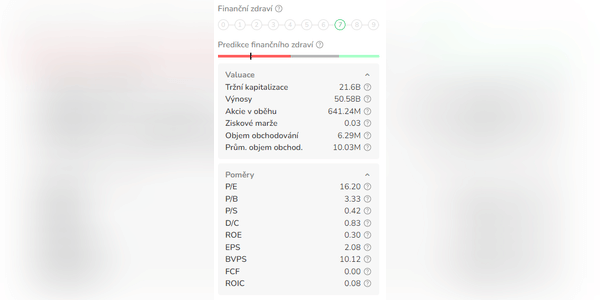Delta Airlines is a well-known superpower in the airline industry. However, they have been hit hard by the pandemic and the airline outage. Can they recover? And how quickly?

Delta Airlines $DAL is one of America's largest airlines. It was founded in 1924 and is headquartered in Atlanta, Georgia. Delta operates over 5,500 flights a day to more than 300 destinations in 52 countries on six continents. It has major hubs in Atlanta, Detroit, Los Angeles, New York, Seattle and Salt Lake City.
Delta's fleet consists of over 900 aircraft of various types. The most common models are the Boeing 717, 737, 757 and 767 and the Airbus A320, A330 and A350. Delta SkyMiles is Delta Airlines' frequent flyer program, one of the most widely used airline frequent flyer programs in the world.

Sector
Delta Airlines operates in the passenger airline sector. It is a highly competitive industry that faces a number of challenges:
- Strong competition - Delta faces stiff competition from other major US airlines such as…